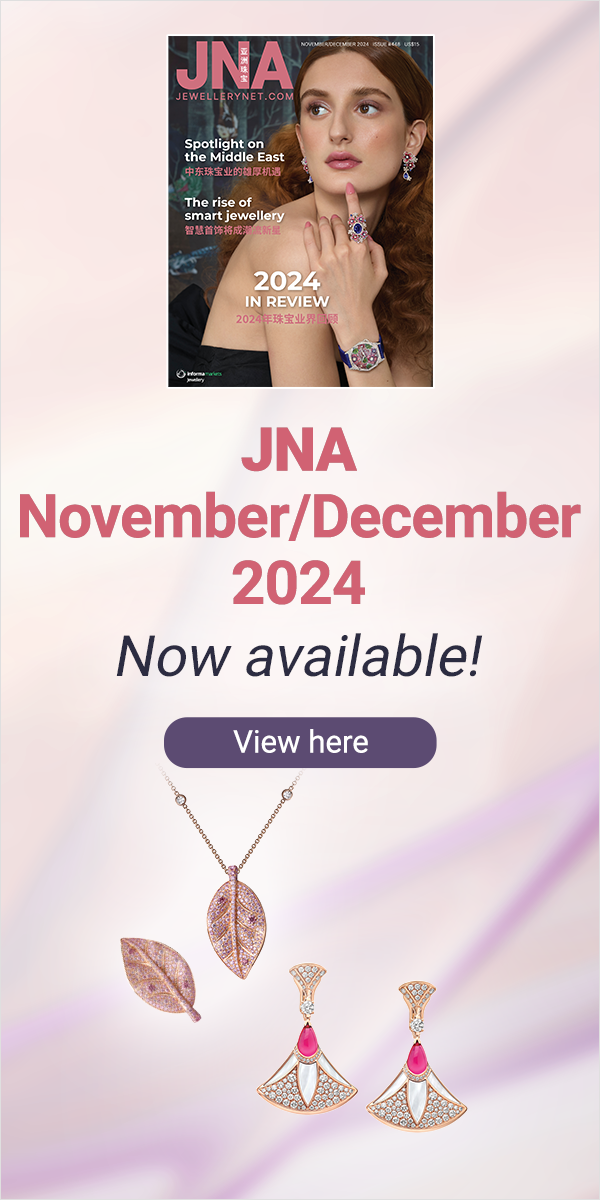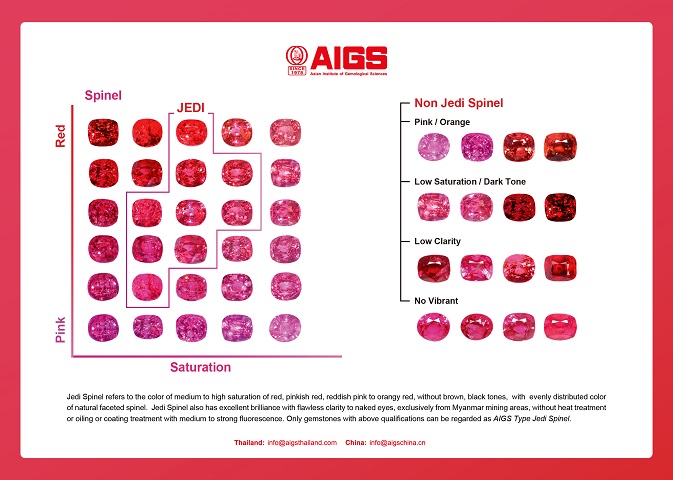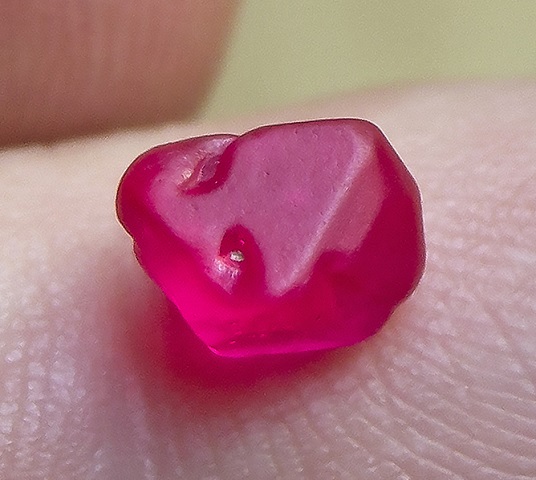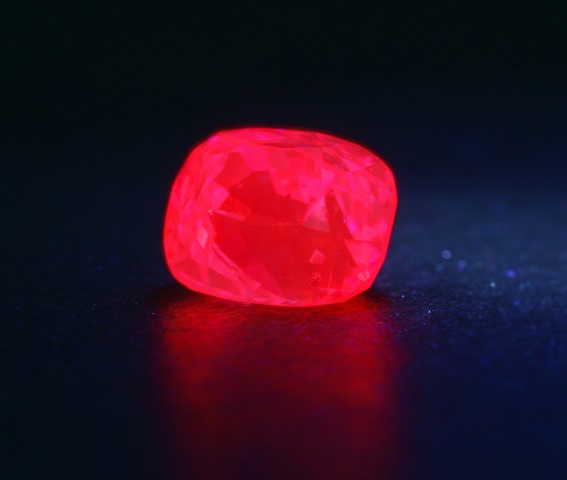The Asian Institute of Gemological Sciences (AIGS) recently launched new grading reports to impose strict quality standards on the trade name, Jedi spinel.
AIGS formulated the Jedi spinel standard based on a comprehensive quality evaluation of the gemstone’s colour, fluorescence, clarity, cut, brilliance, treatment and origin.
According to the AIGS standard, Jedi spinel refers to natural, untreated, faceted spinels with evenly distributed hues of red, pinkish red, reddish pink to orangy red, in medium to high saturation and without dark tones.
AIGS-graded Jedi spinels are exclusively from Myanmar mining areas and have eye-clean clarity, excellent brilliance and medium to strong fluorescence. The proportions of the spinels and the way they are cut should be appealing to the eye.
The neon hot pink to red spinels from Myanmar have increasingly gained popularity in Asian markets in recent years. They are often referred as “Jedi” spinels, a trade name originally coined by world-renowned field gemmologist Vincent Pardieu.
Inspired by the legendary characters from the Star Wars movie series, Pardieu first used the “Jedi” code name to communicate with AIGS Founder Henry Ho during their 12 trips to Myanmar from 2002 to 2004. The secret code was intended to identify a spinel of highly saturated pink to red spinels with strong fluorescence. These spinels did not have any dark tone, as they were indeed “untouched by the Dark Side,” according to Pardieu.
The term “Jedi” spinel became popular after the publication of Pardieu’s field report in the Spring 2014 issue of Gems & Gemology and its translation into Chinese. “Jedi” was adopted by gemstone dealers as a trade name over the years and became widely known in recent years in the Asian market, especially in China with the surge in demand for coloured gemstones.
The AIGS grading report was formulated to address discrepancies in the interpretation of the quality standard of Jedi spinel.








